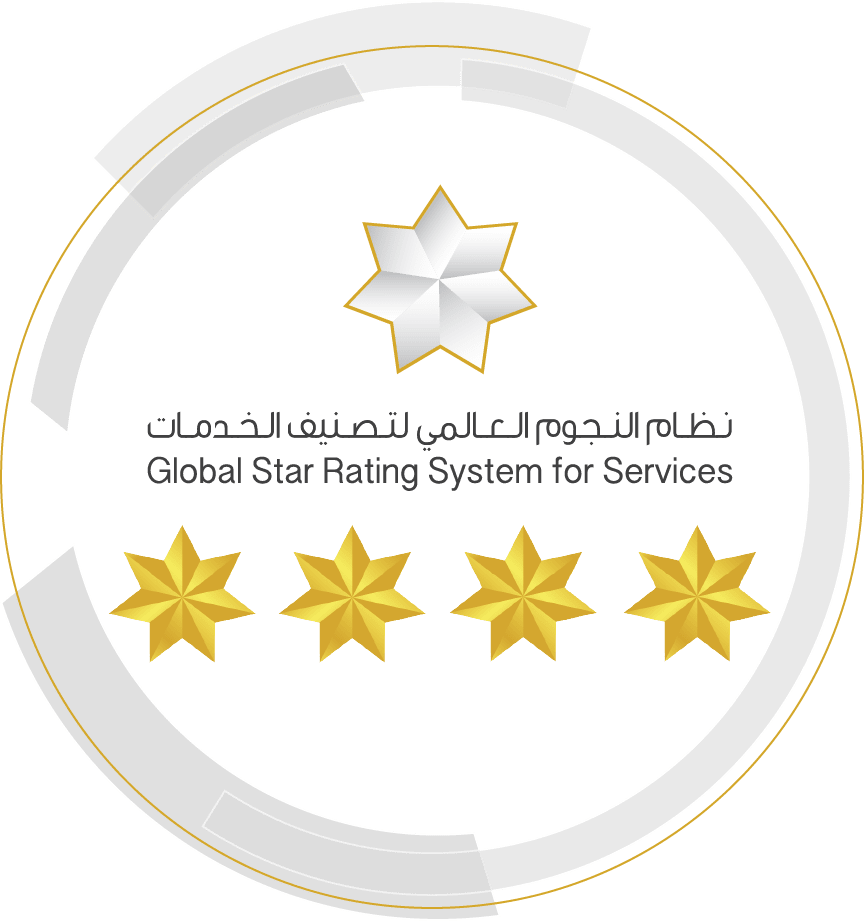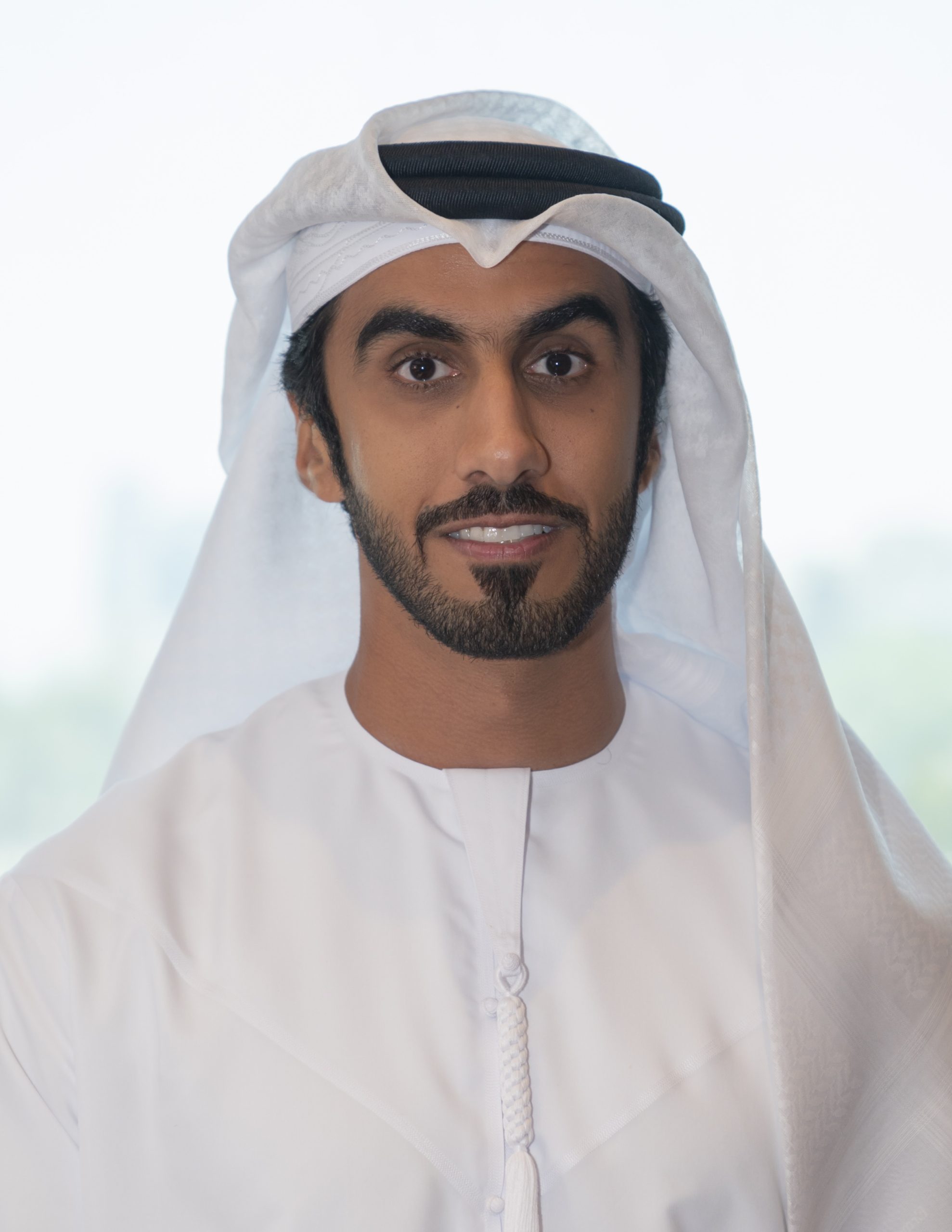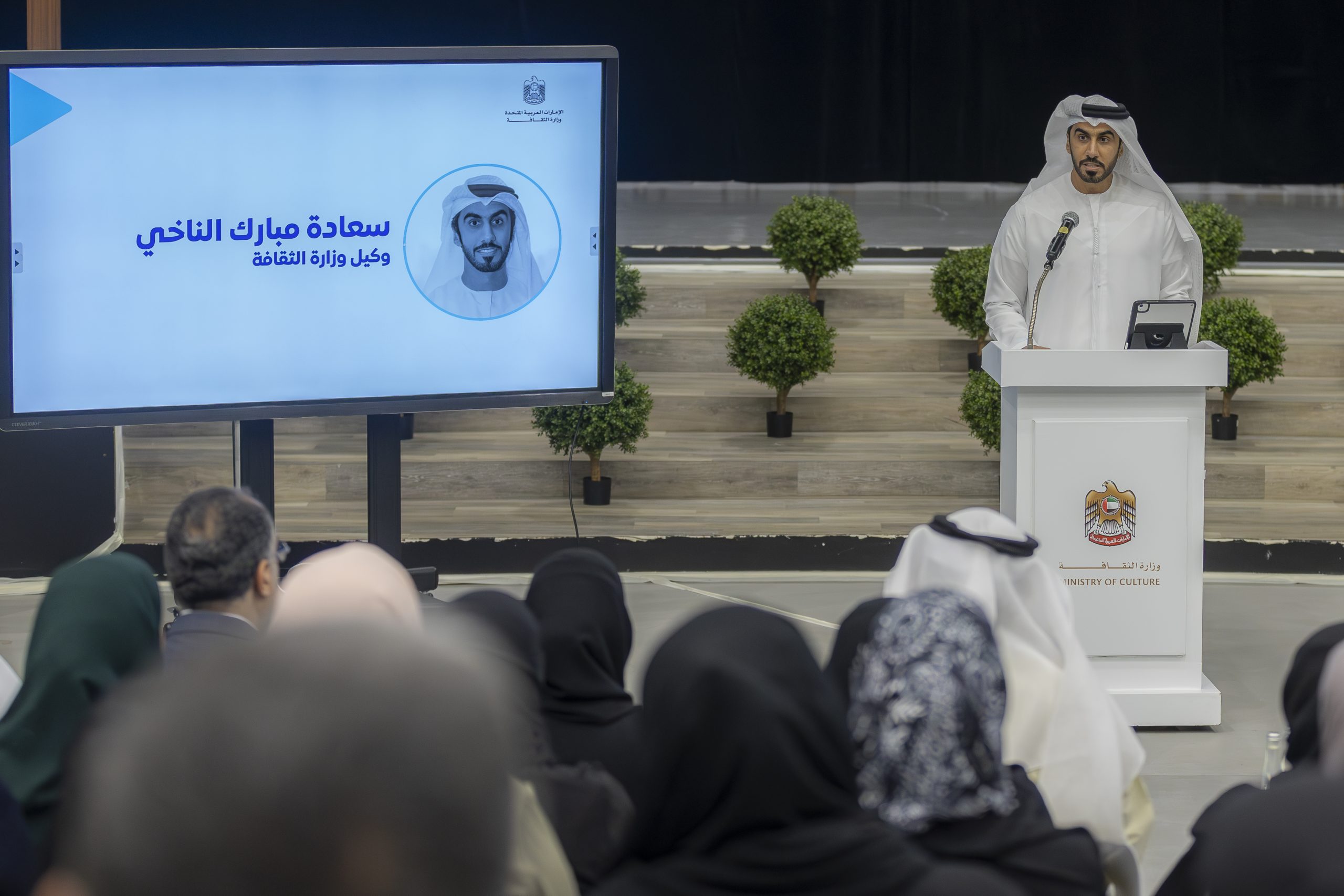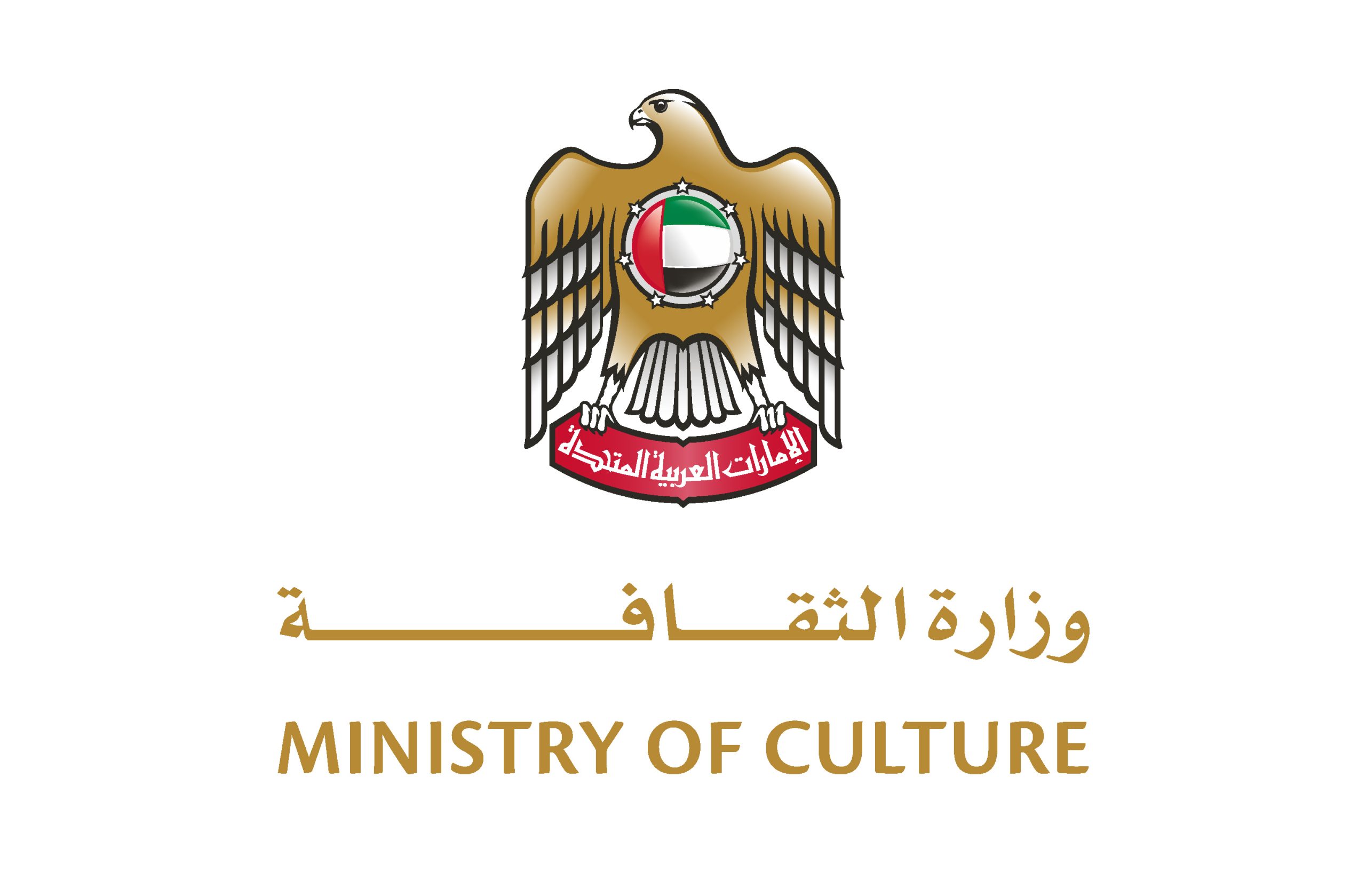Notifications
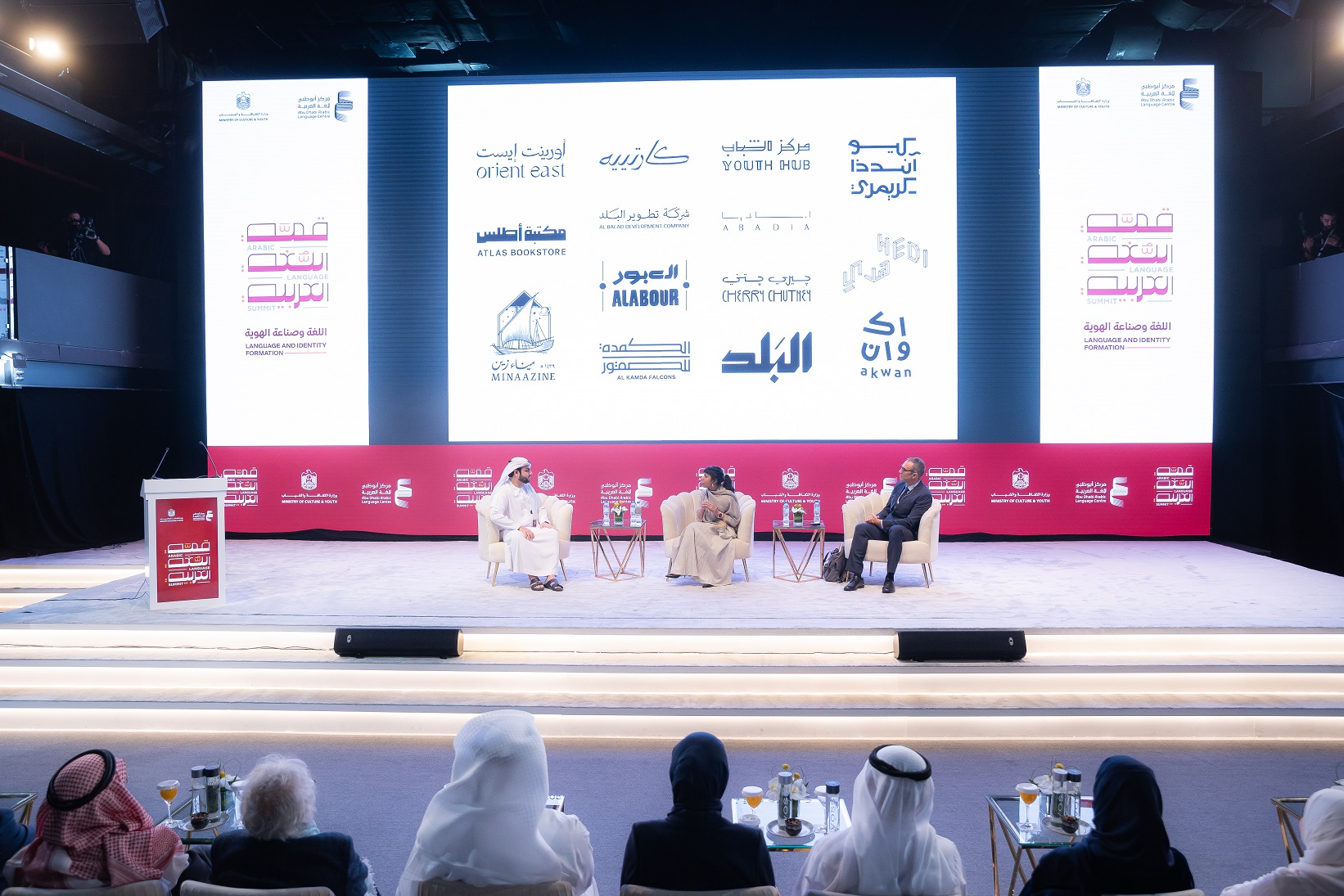
Arabic Language Summit introduces the aesthetics of Arabic calligraphy and its role as a tool of communication
December 22, 2022
The Arabic Language Summit, organised by the Ministry of Culture in cooperation with the Abu Dhabi Arabic Language Centre of the Department of Culture Abu Dhabi, reviewed the role played by Arabic calligraphy throughout history, and how it positioned Arabic as a language for human communication. The session explored the role of Arabic calligraphy as a pillar of authentic arts that expressed Arab identity and its aesthetic values.
Dr. Antoine Abi Aad, Assistant Professor at the College of Arts and Creative Industries at Zayed University, and Sarah Al Aref, Executive Director of Creative Industries at Twothirds Design Bureau, spoke at the session titled “Arabic Calligraphy and Modernist Patterns”. The session was moderated by Ibrahim Estadi.
Dr. Antoine Abi Aad said: “We have an unparalleled heritage and treasure of Arabic calligraphy which can be used to take our language to new heights and use it to express our Arab identity. We must not remain imitators of the past.”
In a presentation, Abi Aad reviewed models of calligraphy that represent a dialogue between the Arabic language and other languages. With the passage of time, thinking about visual synonyms that suit the modern era. He presented details of the heritage inherent in Arabic calligraphy that make it a visual language relevant to the current situation. It’s a language of
visual communication, especially with those who do not know Arabic. Calligraphy connects non-Arabs to the specificity of our identity and its aesthetics.”
He stressed the importance of the role of academic institutions in introducing future generations to the various types of Arabic calligraphy to familiarise them with the treasures of the Arabic language.
For her part, Sarah Al-Aref called for simplifying the study of Arabic calligraphy for new generations, to motivate them to create a means of expression. She pointed out that she deals with Arabic calligraphy in an unconventional way and spreads awareness among companies and institutions about the aesthetics of this art and its flexibility that allows it to express any form and content.
She added: “The process of designing the logo requires a lot of effort and a long process because communicating the desired feeling to the audience can be challenging at times.”
The session witnessed an intervention by Khalid Al Jallaf, President of the Emirates Society for the Art of Arabic Calligraphy and Decoration, during which he called for the need to teach Arabic calligraphy within the subject of arts and not the subject of the Arabic language, in order to introduce students to the aesthetics of this art. While a second intervention called for the importance of developing dictionaries to translate arts and the content of art criticism of letters and calligraphy.
The session concluded with recommendations on the importance of preserving heritage and treasures of Arabic calligraphy and seeking to create non-traditional future patterns, stimulating dialogue between languages and international styles in calligraphy and arts.
It also reflected the need to search for creative teaching and methods of expression in a visual way that attracts young people and new generations. In addition to the need to organise exhibitions of Arabic letters around the world to introduce them to the aesthetics of Arabic calligraphy, and the importance of educating young people on the close relationship with calligraphy.
Furthermore, the session stressed the need for inclusion of calligraphic activities and events in school curricula, and the importance of raising awareness about the economic value of lettering and Arabic calligraphy as part of the creative economy.


